Jing Daily’s Top Posts for the Week
In case you missed them the first time around, here are some of Jing Daily’s top posts for the week of October 31-November 4.
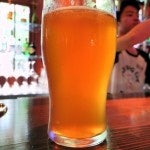
Interview: Craft Beer Movement Taking Root In China
Though its first modern brewery opened as early as 1903, until recent years beer culture in China started and ended with cheap, German-style light lagers. However, in the same way the tastes of many Chinese wine drinkers have progressed from inexpensive domestic plonk to high-priced imports, beer drinkers in China are becoming more receptive to the craft beer movement that has swept through North America and Europe over the last 30 years. Microbreweries, though, have until recently been largely absent from the China market, in stark contrast to Japan and Singapore.
But this, like everything in China, is changing quickly. Founded in 2008, Shanghai’s Boxing Cat Brewery is at the forefront of the Chinese craft beer scene, along with newer microbreweries like Beijing’s Great Leap Brewery and Slow Boat Brewery.
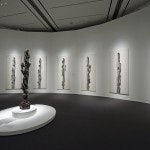
China’s Private Museums In Trouble?
While most private museum owners will likely fail to put the requisite effort into their projects to make them a hub of education and arts appreciation in the way Lam describes, there are a few leading the way. The 12,000 square meter Dragon Art Museum (龙美术馆), into which billionaire investor and art collector Liu Yiqian and his wife Wang Wei have already sunk over 200 million yuan (US$31 million), is one of these bright spots in an otherwise murky industry. As Wang Wei said last month, the three-level private museum will stock revolutionary art from 1949-1979, traditional Chinese paintings, and contemporary Chinese art, all collected over Wang and Liu’s multi-year auction-buying spree.
However, the main “offering” of the Dragon Art Museum, from Wang's viewpoint, is education.
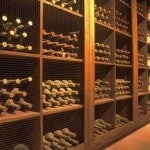
Romanée-Conti: China’s Next Lafite?
One of the more interesting shifts in the China high-end wine market this year has been the growing popularity of reds from Burgundy and relative decline of Bordeaux in first-tier cities. With prices for well-known Bordeaux, such as Château Lafite and Château Latour, exploding at auction over the past two years, many of China’s more seasoned wine aficionados have turned to vintages from other regions of France or to “New World” wineries from Australia, the US or Chile.
Though demand for popular Bordeaux remains high in second- and third-tier cities, this week Hexun (Chinese) posits that the celebrated Burgundy Romanée-Conti, long considered one of the world’s best red wines, could become “China’s Next Lafite.”
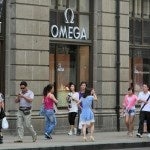
“Black Gold” Fueling Luxury Demand In Third-Tier Daqing
Founded in 1959 to house workers from the massive Daqing oilfield and as a model industrial center, the city of Daqing (大庆) in northeast China’s Heilongjiang province remains focused primarily on one thing and one thing only: oil. The petroleum industry still accounts for over 60 percent of the city’s GDP, which ranks among the top ten per capita in the country, and like the newly minted “coal bosses” in western China, Daqing’s oilfield (the largest in China and fourth-largest in the world) continues to make new fortunes every year. And as in other third-tier cities, the arrival of new money has been accompanied by the sound of luxury brands knocking.
The city’s luxury malls and department stores pale in comparison to those in Beijing or Shanghai (or even nearby Harbin), but rising demand and relatively high incomes mean Daqing — and cities like it — can’t be ignored.
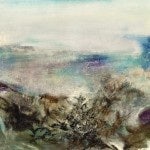
Zao Wou-Ki Painting Taken In Beijing Art Theft
A daring late-night theft took place this week at Beijing’s Taiwanese-owned Soka Art Center, with thieves making off with a 1971 painting by the Chinese-French modernist Zao Wou-Ki (赵无极). As first reported by Taiwan’s China Times (中国时报), shortly after the gallery closed on the night of October 30, two raincoat-clad men broke in, disabled the alarm and security cameras, then set to work replacing several works with counterfeits. The gallery recently concluded its “10th anniversary” exhibition, featuring work by artists like Andy Warhol, Liu Ye, Yayoi Kusama, Lin Fengmian and Zao Wou-Ki.
According to the China Times, the thieves brought with them counterfeit copies of five works — Zao Wou-Ki’s “25.11.71″ and Andy Warhol’s “Prince Charles” and “Princess Diana” from the 10th anniversary exhibition, plus two works by Zhang Xiaogang and Yan Pei-Ming that hang in the permanent collection.